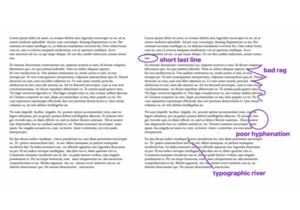Svelte is one of the newer JavaScript frameworks and it’s rapidly rising in popularity. It’s a template-based framework, but one which allows for arbitrary JavaScript inside the template bindings; it has a superb reactivity story that’s simple, flexible and effective; and as an ahead-of-time (AOT) compiled framework, it has incredibly impressive perf, and bundle sizes. This post will focus on configuring TypeScript inside of Svelte templates. If you’re new to Svelte, I’d urge you to check out the introductory tutorial… Read article “Integrating TypeScript with Svelte”
The post Integrating TypeScript with Svelte appeared first on CSS-Tricks. You can support CSS-Tricks by being an MVP Supporter.
Accedi per aggiungere un commento
Altri post in questo gruppo



Tips and tricks on utilizing the CSS backdrop-filter property to style user interfaces. You’ll learn how to layer backdrop filters among multiple elements, and integrate them with othe

Custom cursors with CSS are great, but we can take things to the next level with JavaScript. Using JavaScript, we can transition between cursor states, place dynamic text within the cursor, apply c

This CSS-Tricks update highlights significant progress in the Almanac, recent podcast appearances, a new CSS counters guide, and the addition of several new authors contributing valuable content.

If I were starting with CSS today for the very first time, I would first want to spend time understanding writing modes because that’s

Most of the time, people showcase Tailwind's @apply feature with one of Tailwind's single-property utilities (which changes a single CSS declaration). When showcased this way, @apply d
